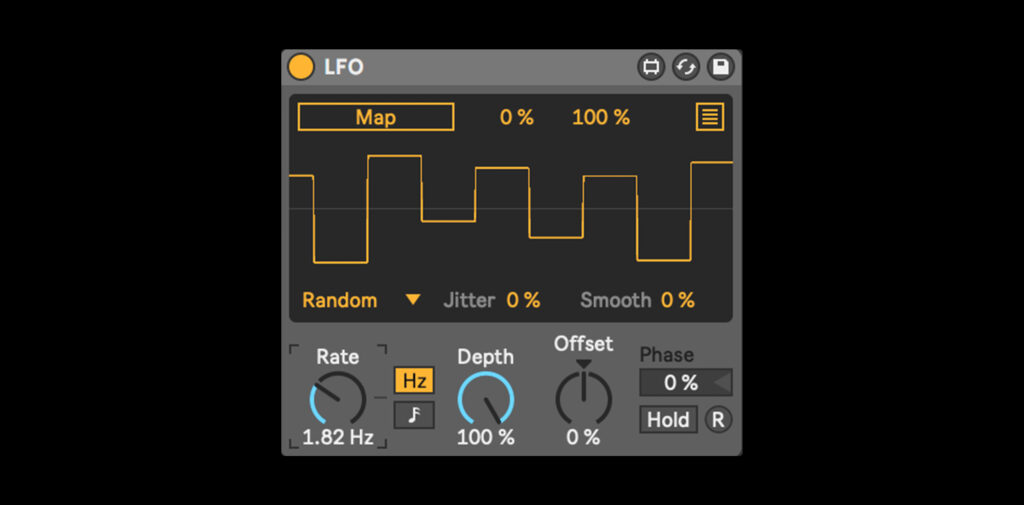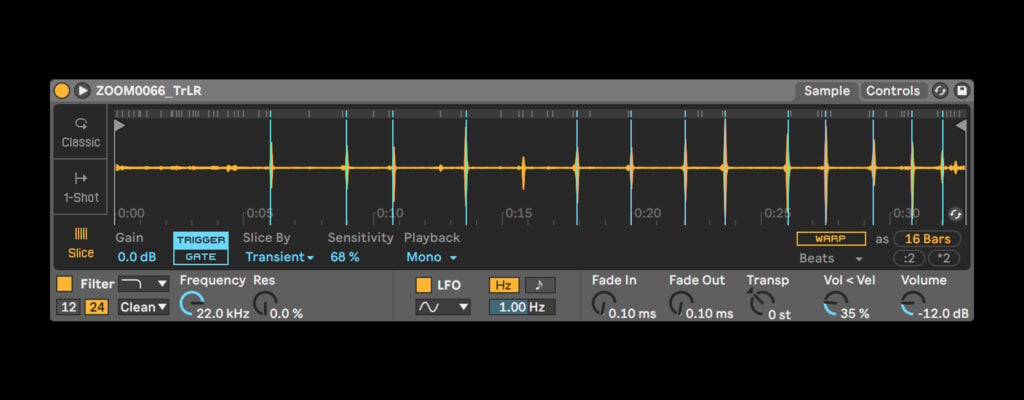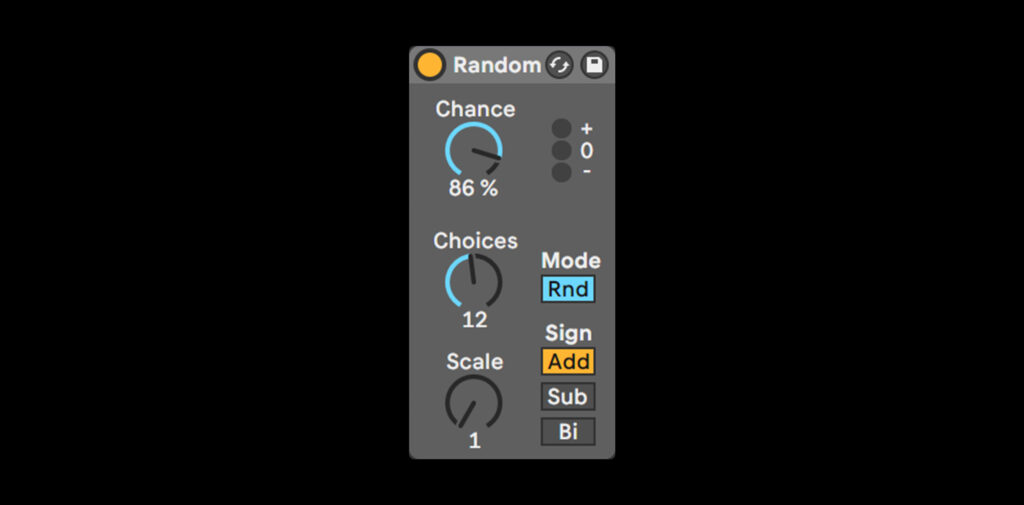We tend to think of musical compositions as collections of carefully calculated decisions that work together to express an idea.
However, it can also be creatively useful and invigorating to incorporate a level of randomization into your music-making process. This isn’t a new idea, as we discussed in our overview of the history of randomness in music; composers have been using randomization as a compositional tool for centuries. Yet, often the default “random” settings on digital music creation tools can yield results that are, well, too random-sounding to be musically useful.
In this piece, we’ll take a look at three easy ways you can start using randomization to give your productions some musical interest. We’ll be using Ableton Live 10 to demonstrate, but most modern DAWs will have their own native devices with similar capabilities.
1. Randomize octaves
We’ll start off nice and simple. I really like to add the Random MIDI device to pretty much any MIDI melody, and set it to transpose notes up an octave at random. It’s very easy to program this—simply set the device to have one choice and 12 steps in the Scale.

Jumping around the octave will give our melody some added interest without changing the MIDI pattern at all. Add some delay for a little extra emphasis, and it’ll sound something like this:
Note that I automated the Chance parameter so you’ll hear no effect on the first few notes of the example, but more jumping is added as the pattern repeats.
2. Use sample-and-hold LFOs
Many stock Ableton devices have randomization capabilities built directly into them—one of the most common features is the “sample-and-hold” LFO pattern. You may have heard the term “sample-and-hold” before; it’s used commonly in the audio world (especially in synthesis) to indicate a random selection that’s held until another random selection is made. The output of a sample-and-hold LFO looks kind of like a irregular set of stair steps:

If you don’t mind using Max for Live devices, you can map the LFO device to any parameter in Live. But, for this example, we’ll take a look at Operator, where this functionality is already built in.

In the top-right corner of this Operator preset patch, you’ll see the LFO control panel. Select S&H from the drop-down menu, then tweak the Rate and Amount knobs to your liking. In this case, I’ve set the LFO to re-trigger each time a note is played, so that each MIDI note generates a new random value for the LFO.
Finally, we’ll need to select a destination (Dest. A). This is the parameter that will be manipulated by the LFO. In this patch, I chose C and FIL, meaning that the LFO will randomly manipulate Oscillator C‘s level and filter frequency parameters. This should make our sound a bit more varied and ‘organic.’
Here’s what the patch sounds like without the randomized LFO:
And here’s what it sounds like with the sample-and-hold LFO enabled:
3. Get creative with slicing audio
For this technique, record some raw audio of any percussive sound. This could be as simple as whacking something in your house repeatedly with a stick, or you could use existing samples and recordings. In this example, I’ve recorded myself smacking some snow on the ground with my portable bike pump.
Quite a pleasing noise, isn’t it? Let’s drop this into an instance of Simpler, and then switch to Slicing mode and dial in the Sensitivity so that only the major transients are preserved.

Next, we’ll add a simple MIDI pattern, all playing the same note: C#1, which triggers the second audio slice. Here’s what this sounds like:
Pretty boring, right? It’s just the same sound over and over again. Let’s add our good friend, the aforementioned Random MIDI effect! I bumped the Chance knob up and put the Choices knob to 12, corresponding to the number of individual audio slices.

Now, our simple MIDI pattern will randomly select one of the slices, transforming our boring percussion into a much more lively and interesting rhythmic idea:
Hopefully this piece has helped you realize that randomization in music doesn’t have to be confined to avant-garde compositional techniques or synth modules. If you’re interested in using these examples as a template, you can download a Live session with all of these techniques included here.
Do you have any questions about a specific technique that was covered, or any randomization tips of your own that you’d like to share? Let us know in the comments below.
Explore royalty-free sounds from leading artists, producers, and sound designers:
March 30, 2021



